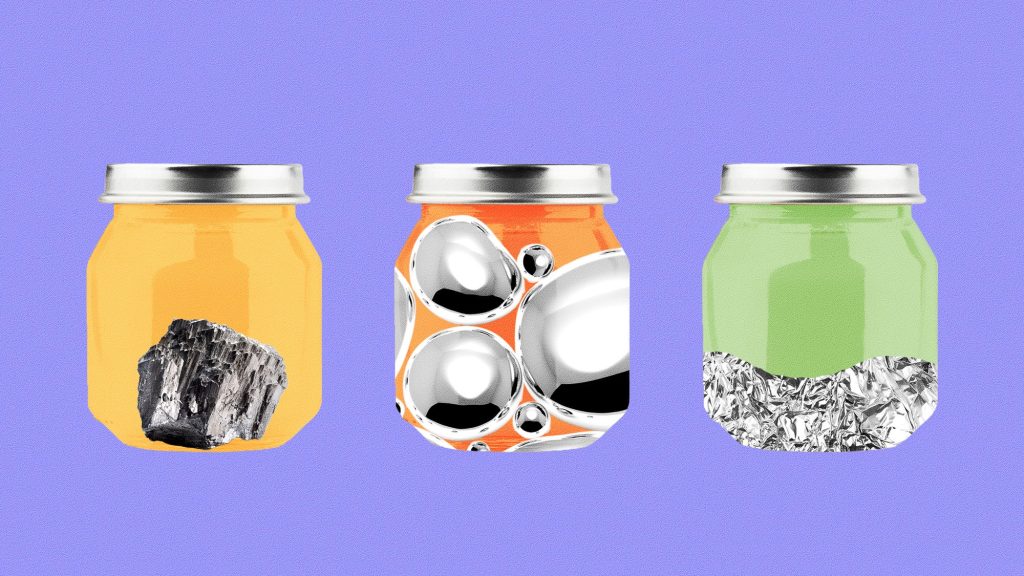
To the foods we eat, the source or the type of heavy metal doesn’t matter. “Plants and organisms do not differentiate between naturally occurring or human-made compounds,” says Zagorski. “They will take up whatever is in their environment and whatever they can absorb.” And they do so at different rates: Rice is a known arsenic sponge, for example, and spinach sucks in more cadmium than other plants.
What are the health effects associated with eating heavy metals?
Research has found heavy metals in protein powder, root vegetables, spices, bone broth, leafy greens, and more. What we don’t really know is how dietary sources alone impact people. Most of what we understand about how heavy metals influence health is extrapolated from biomarkers, such as measurable levels in urine or blood. These tests “integrate exposure from all sources and often reflect exposure over a period of weeks or years, meaning we cannot easily attribute a harmful effect to diet,” says Katarzyna Kordas, an associate professor of public health at the University of Buffalo. This knowledge gap is important, because nutrients found in food may, for example, “counteract the absorption or toxicity of such metals.”
Still, we know that ingesting heavy metals is related to various health effects. (Recently, podcaster Joe Rogan had elevated arsenic levels in his blood after eating too many sardines, which are known to contain the compound.) While an excess is not good for anyone, kids are particularly vulnerable to heavy metals. For example, they absorb four to five times as much lead as adults. Consumption of lead and arsenic has also been shown to negatively impact neurological development. And “depending on how long children are exposed to these toxins and how much they are exposed to, they may be at risk for lowered IQ, behavioral problems (such as attention deficit hyperactivity disorder), type 2 diabetes, and cancer, among other health issues,” according to a Consumer Reports study on heavy metals in apple juice. Each contaminant comes with its own specific risks too.
Arsenic, which occurs naturally but can also concentrate in water supplies due to pesticide use, is both likely carcinogenic and linked to cardiovascular issues. In adults, excessive lead exposure (from car exhaust, pesticides, battery manufacture, and more) can cause high blood pressure, along with brain, kidney, and reproductive issues. Too much cadmium (which might have come from tin, paint, and zinc manufacturing, along with tobacco smoke and rechargeable batteries) increases the likelihood of bone damage and kidney disease, among other issues. And, as stated on the Environmental Protection Agency’s website, children exposed to mercury “while they are in the womb can have impacts to their cognitive thinking, memory, attention, language, fine motor skills, and visual spatial skills.”
Which foods tend to contain the most heavy metals?
“It will depend on the metal,” says Kordas, as well as “the geographical area where food crops are grown because many metals are quite common in some soils” but less so in others. It’s also important to keep in mind that there’s no perfect food. “Many nourishing foods have trace amounts of metals but the nutritional benefits of these foods often outweigh any risk of heavy metal exposure,” says Venus Kalami, MNSP, RD, CSP, a pediatric dietician and nutritionist at Solid Starts, a child feeding resource.






NOTICIAS DE ULTIMO MOMENTO:
Los cerdos fueron domesticados de jabalíes en el sur de China hace más de 8,000 años, sugiere el estudio
Una nueva investigación arroja luz sobre la migración de Neanderthal fuera de las montañas del Cáucaso
Webb ve la galaxia de Sombrero a la luz del infrarrojo cercano